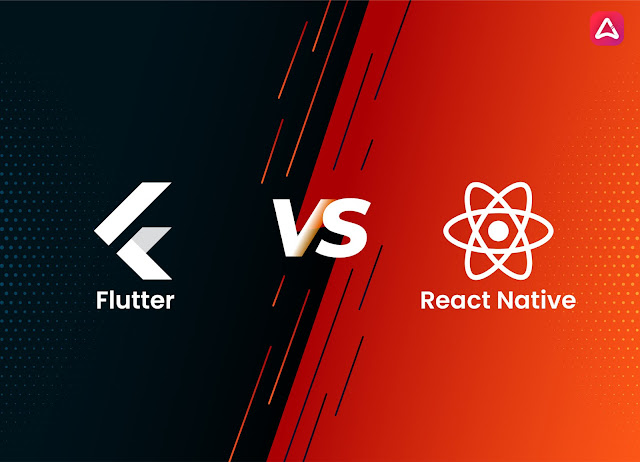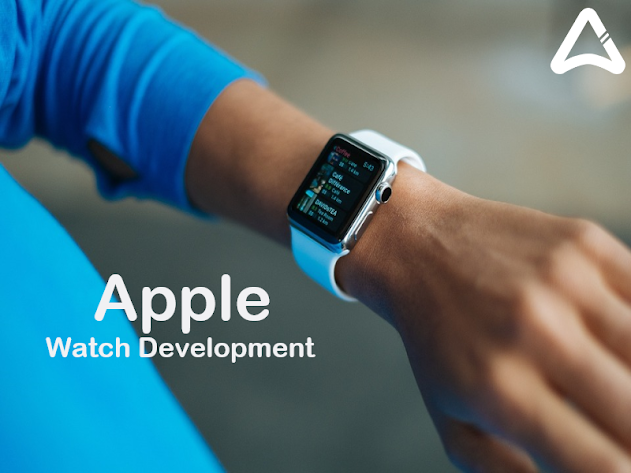How & Why Flutter is Outdistance React Native Framework?
Many cross-stage languages make programming development extremely simple, however Flutter is acquiring acknowledgment over existing cross-platform innovations like NativeScript, React Native, Xamarin, and so on...
Flutter is a complete SDK for building applications and not just a framework. This means that it includes everything you need to build a user interface (UI), including the Material Design and Cupertino widgets. This allows developers to render the user interface on both iOS and Android quickly.
Cross-platform development is the process of designing software products or services for different software platforms or environments. A leading mobile app development company states cross-platform development allows developers to create apps once and run them on each platform or software environment.
Top Advantages of Using Flutter vs React Native
Seeing what the distinctions are among Flutter and React Native is really fascinating. It isn't easy to compare them in general because they have different architecture and therefore work differently. Therefore, we will take some particular criteria to estimate them and decide between Flutter and React Native. Inquire before you move to invest in either React Native or Flutter app development services in 2021.
Hot Reload
With Stateful Hot Reload, Flutter gives a quick development cycle to reload the code of a running app without losing or restarting the application state. On the off chance that developers changed any code when making Flutter applications and recompiled, they don't need to explore back or manually recreate the state to perceive what changed.
Documentation
This is one more distinction between the Flutter and React Native app development services that aspiring programmers talk about so frequently. Flutter has more extravagant documentation contrasted with React Native. It permits youthful designers to get familiar with the innovation that follows. Yet, it wouldn't work like that in React Native. Its documentation is more centered around depicting muddled cycles and suggests that every individual who peruses it is now acquainted with JavaScript.
Deployment
Flutter wins again. It has a straightforward workflow for the implementation of an application in the App Store or Google Play. You can do this only with the command line. But even for them, there are many third-party tools available. Whereas with React Native, you can deploy an application only with the help of third-party solutions.
APIs and User Interface
Now, Flutter has a more extravagant arrangement of potential outcomes. React Native hosts to utilize third-party libraries, while Flutter has its implicit delivering elements, tools for testing, gadget API access, navigation, and so on.
IDEs
While choosing the development environment, it is fundamental to select the most agreeable one. On account of Flutter, this decision isn't exceptionally enormous on the grounds that the technology is still new. Visual Studio Code, Android Studio, and IntelliJ support it. While, for React Native, you can pick practically any IDE.
Concluding Thoughts
In this write-up, we have learned why Flutter beats React Native. We also look at Flutter VS React Native. So, if you are looking for an application development company to build Flutter applications using Flutter Studio, please get in touch with us. Our Flutter or React Native app developers will guide you to the best of their knowledge.




Comments
Post a Comment